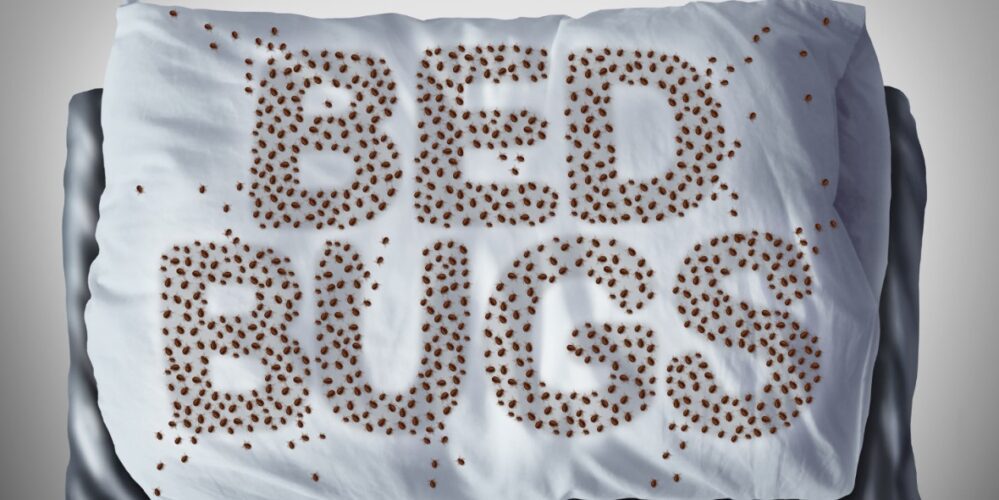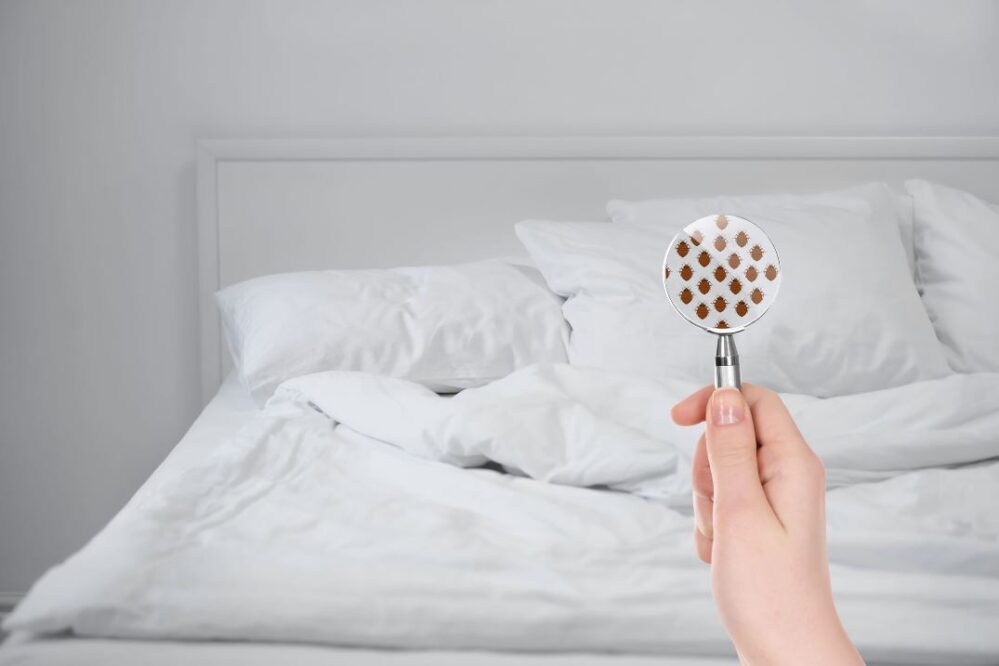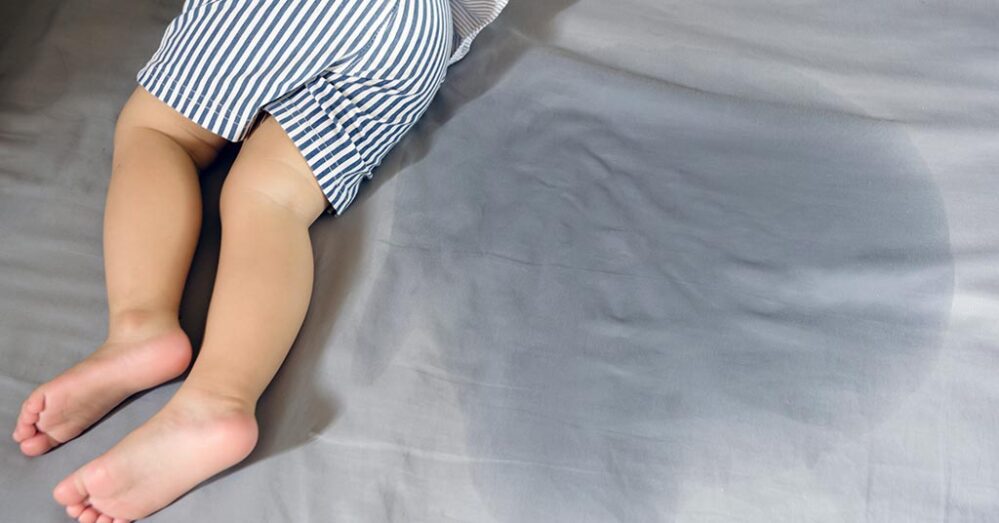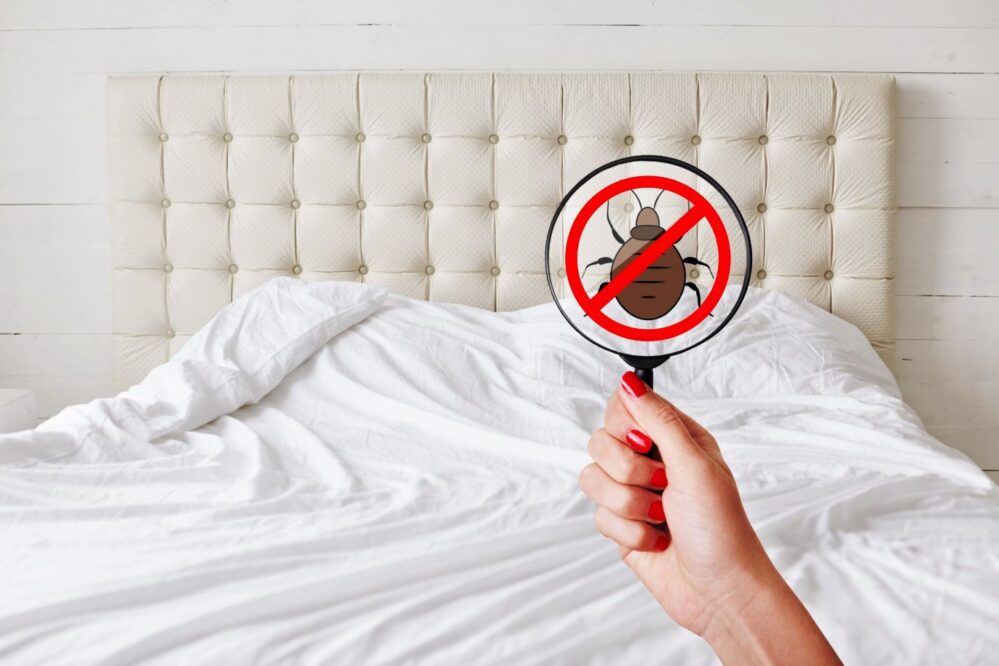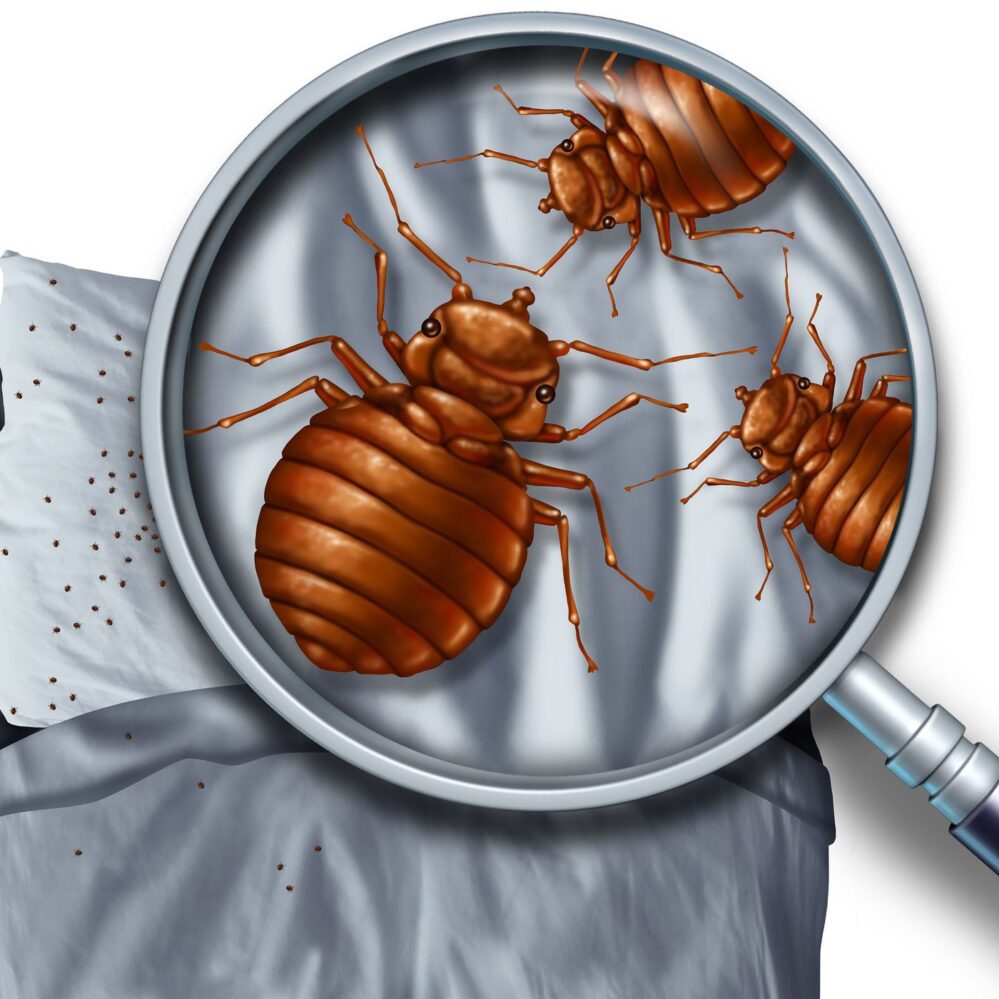
Table of Contents
Bed bugs are parasitic insects that feed on human blood and other domestic animals and pets. Many people never realize they have them at home until the population grows into an established infestation.
A bed bug infestation is characterized by:
1. A pungent odor
An unpleaser odor described as a sickly sweet moldy shoes scent is associated with an established infestation since it is not the best sign for a recent infestation.
2. Physical evidence
The best sign of a bed bug infestation is physical evidence of the insects. The pesky bug is very distinct and can be seen with the naked eyes. It is a small wingless insect about the size of an apple seed. The insect is reddish-brown in color and has a flat oval structure.
The adult is 1/4 to 3/8 inches long when unfed. The upper surface of its body has a crinkly, flimsy accordion-like appearance. After feeding its body swells and lengthens and the color changes to bright red.
As the insect digests its meal over a few days its body flattens and it gets darker in color. A nymph is just like the adult except for its size and color. The newly hatched nymph is translucent in color and changes to a darker color after it feeds.
Eggs are white in color and about 1/3-inch long. The eggs have a sticky coating that allows them to stick to the surface where they are laid. The eggs are tiny and about the size of a few grains of salt and are not visible with the naked eyes.
Cast off skins
Each bed bug goes through 5 immature stages (instars). This means the insect has to cast off its exoskeleton 5 times before it becomes a fertile adult. Nymphs have to consume a blood meal to moult and grow to the next life stage. During moulting the nymph sheds its outer skin (exoskeleton).
In an established infestation there are hundreds of cast off skins where the insects aggregate together. The exoskeleton is the same shape of the bed bug. There will be different sizes depending on the life stage of the mouleted nymph.
Cast off skins are found in areas where the pests aggregate together in groups. They are usually found in the mattress seam, behind headboards, in ceiling wall junctions, along baseboards, in personal belongings and other harborages.
The harborage
A bed bug harbor is characterized by dark faecal spots, which is usually found along the mattress seam and on the tag, on the wood frame of the box spring, along the headboard, along the top of the baseboard, the edge of carpeting, behind wall hangings and ceiling wall junctions, at electrical outlets and in curtain seams.
The harborage contains adult and juvenile bed bugs, cast off skins, eggs, egg shells and excrement. German cockroach excrement is similar to bed bug excrement so be careful during inspection.
The only way to tell the difference is to search for additional evidence (eg nymphs and eggs) in the area. Another way to differentiate the two is to touch the faecal spots. Bed bug excrement has a smooth feel (dried liquid food) whereas the German cockroach excrement has a granular feel because it contains solid wastes.
Look for aggregations along the mattress seam, in the tufts and underneath the mattress tags, behind the headboard, inside holes for set in screws, wood creases in the box spring or bed frame, where the box spring fabric is stapled to the wood frame, Behind loose wallpaper and chipped paint, under the base of the air conditioner, behind baseboards, along the interior frame of closet doors, inside the baseboard heaters, in personal belongings, books, stuffed animals, picture frames, other wall hangings and numerous other locations .
Blood spots found on sheets and pillow cases are useful signs. It can be very difficult to prevent an infestation because the pests can be transported quite easily.
3. Bite symptoms
Symptoms may be good indicators you were bitten by bed bugs, but they do not guarantee you have an infestation. People react differently to the bites and sometimes there is a delayed reaction to the bites.
Let’s imagine you stayed at a hotel and got bitten by the pest and the symptoms appeared after you returned home. This does not mean you have an infestation at home.
Conversely, you may have a bed bug infestation at home, but you only discovered the infestation after it became established. One reason for this is because you do not react to the bites.
Bite symptoms do not always imply you were bitten by bed bugs because mosquito and other insect bites are sometimes mistaken for bed bug bites. There are key differences to distinguish the two.
- a. Skin discoloration at the sunset of the bite (mosquitoes – yes; bug – no).
- b. Bites appear in clusters of 3 (mosquitoes – no; bugs – yes).
- c. Raised wheat at the sunset of the bite (mosquitoes – yes; bugs – no).
- d. Rash from the bite (mosquitoes – yes; bugs – no).
- e. Itching at the sunset of the bite (mosquitoes – yes; bugs – no).
- f. Bites take hours or days to appear (mosquitoes – no; bugs – yes).
- g. Most of the bites appear on the upper torso (mosquitoes – no; bugs – yes).
Mosquito bite is surrounded by redness with a white raised center. The diameter of a mosquito bite can be very large when compared to bed bug bites. Bed bug bites do not always itch because people’s immune system reacts differently to the proteins in the insect’s saliva.
If you keep waking up with bite marks that were not present the night before you went to sleep it may indicate you have an infestation. Although bites do not guarantee you have bed bugs at home, bite symptoms are the first clues that suggest an infestation.
Because a person’s reaction to bites vary and the bites may not be caused by the target pest you must look for other signs such as excrement, cast off skins, eggs, egg shells and live bed bugs.
Bed bug infestations are quite common. There are corridors of infestations at airports, which suggest a link between travel and the dispersal of the pests. If exposed, you can bring them home and have a problem. Be proactive. Do not wait until you have an infestation to take action. Act now.

